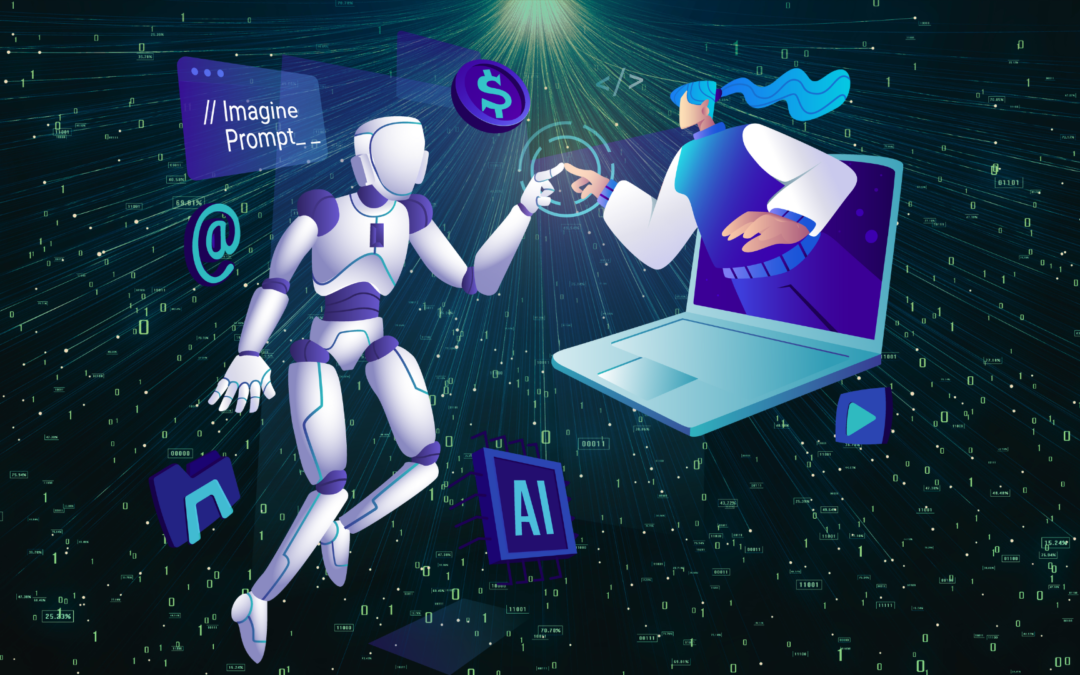In today’s fast-paced, technology-driven landscape, Artificial Intelligence (AI) is transforming how we live, work, and interact. From personalized recommendations to advanced data analysis, AI is becoming an integral part of our daily lives. However, with rapid advancements comes the need for caution and critical thinking. As we embrace the benefits of AI, it’s crucial to remember the principle of “Trust but Verify.”
The Rise of AI
AI has made remarkable strides in recent years, revolutionizing industries and enhancing human capabilities. It powers everything from virtual assistants and chatbots to complex algorithms that influence business decisions. The potential of AI is immense, offering unprecedented opportunities for innovation and efficiency.
However, as AI becomes more prevalent, so do the risks of misinformation and errors. AI systems, while powerful, are not infallible. They rely on data, algorithms, and programming, all of which can be flawed or biased. This is why it’s essential to approach AI with a healthy dose of skepticism and a commitment to verification.
The Importance of Verification
In an AI-driven world, the information we encounter can be generated, analyzed, and presented by machines. While this can lead to incredible insights and convenience, it also means we must be vigilant about the accuracy and reliability of the information we consume. Much like a wire transmitting data, AI relies on a steady stream of input to produce accurate results. However, if there is a flaw or break in the data “wire,” the output may be unreliable.
- Data Integrity: AI systems are only as good as the data they are trained on. Ensuring the integrity and quality of data is paramount. This means verifying data sources, checking for biases, and validating the results produced by AI models.
- Algorithm Transparency: Understanding how AI algorithms work is crucial. Transparency in AI development allows us to observe decision-making processes and identify potential biases or errors. This transparency fosters trust and accountability.
- Critical Thinking: As consumers of AI-driven information, we must apply critical thinking skills. Question sources, cross-check facts, and seek multiple perspectives. Just because an AI system presents information does not mean it is accurate or unbiased.
- Human Oversight: AI should augment human capabilities, not replace them. Human oversight is essential to ensure AI systems function correctly and ethically. This includes regular audits, updates, and interventions when necessary.
Practical Steps for Verification
To navigate the AI-driven world effectively, here are some practical steps to ensure you’re verifying the information you encounter:
- Cross-Reference Sources: Always check multiple sources to confirm the accuracy of information. Look for reputable, independent sources that can corroborate the data.
- Understand the Technology: Take the time to learn about the AI technologies you interact with. Understanding the basics of how they work can help you identify potential issues and ask the right questions.
- Stay Informed: Keep up with the latest developments in AI and technology. Being informed about advancements and challenges in the field will help you make better decisions and mitigate potential risks.
- Engage with Experts: Seek insights from AI experts and professionals. Their knowledge and experience can provide valuable perspectives and help you navigate complex AI-related issues.
As we continue to integrate AI into our lives, the principle of “Trust but Verify” becomes increasingly important. By approaching AI with a critical eye and a commitment to verification, we can harness its potential while mitigating risks. In this fast-paced tech world, staying informed, vigilant, and proactive is key to making the most of AI’s capabilities.
Let’s embrace the future with confidence, knowing we have the tools and mindset to navigate the AI-driven landscape responsibly.

